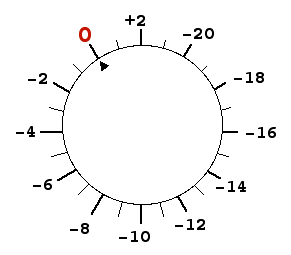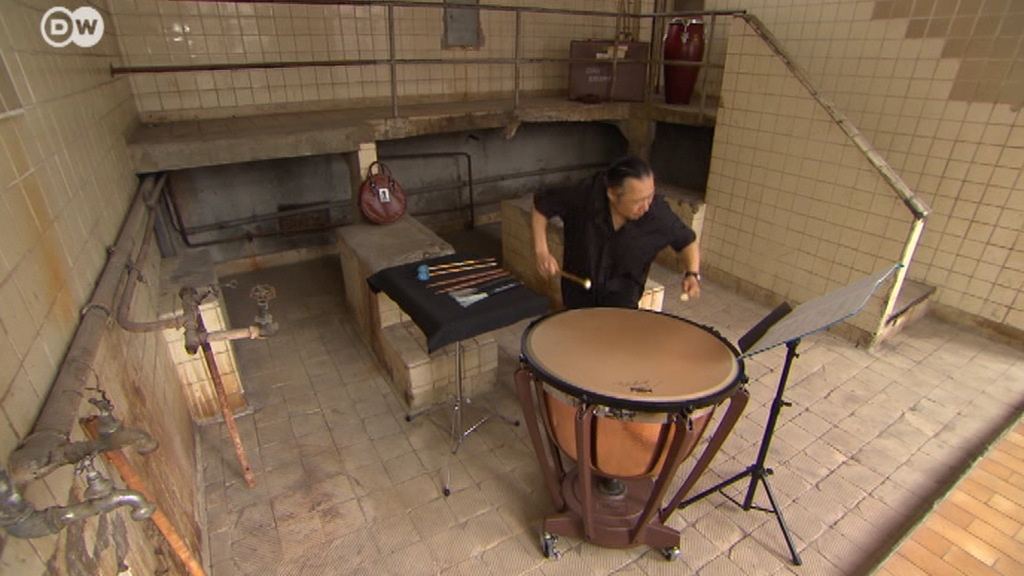IMO, So much of perceived dynamics are a result of tactile sensation which headphones and small speakers simply can’t do.
An upright bass in a small jazz club can easily resonate your chest with notes as high or even higher than A2 (110hz). A 6.5” studio monitor cannot do that, full stop.
I work in live sound and am incredibly spoiled to have the opportunity to listen to live music where I have something like 64 12” woofers and 48 18” subs playing. Even at 90db(A) the system will have a sense of scale and realism and tactile sensation in your body that is simply unmatched by 99% of consumer home gear.
I’m not qualified to speak on psychoacoustics but I can say I own various recordings of extremely high-level orchestras, done by my close friend, recorded with absolutely zero compression or limiting, and the difference in perceived realism from playing them on the FOH monitor system vs the main PA, levels matched, is jaw dropping.
Live music, whether amplified (thru a good PA), or acoustic, simply has a sense of scale and tactile realism that I’ve not been able to achieve in consumer settings. Exotics like Danley Hyperion and Genelec 8351/W371 get closer imo but still not comparable. I’d need more time with them and to play songs I am intimately familiar with to know forsure. I was at mercy of the demo team when listening to both.
Background noise is such a weird stance to take in this discussion. The ambient background noise of any live music venue is like -20db under the music. And no one is complaining about lack of dynamics in those settings. Not to mention the klippel test results prove that the threshold for audible distortion and noise is surprisingly low (around -33db avg if I recall)
Take everything above with a grain of salt, like I said I am not qualified to speak on psychoacoustics, but even commercially recorded content thru large scale speaker systems (level matched) sounds far more dynamic and “real” than over other forms of reproduction to literally everyone I’ve spoken to about this in my industry.


